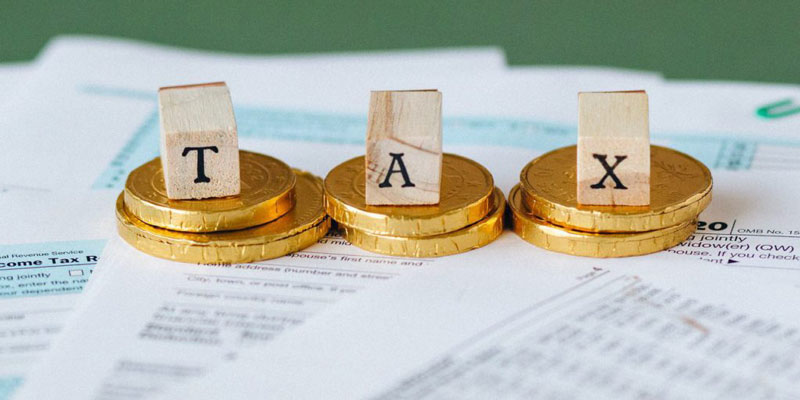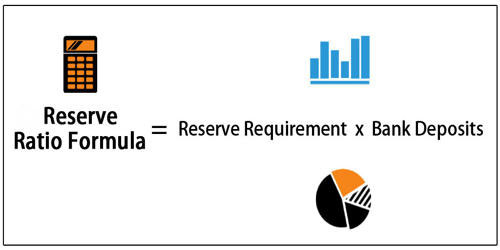Introduction
The capacity to promptly determine the percentage gain or loss on investment while maintaining a high level of accuracy is an essential tool for any investor. Before determining how much of a gain they made as a percentage, investors need to know how much they spent on an asset. To determine whether you made a profit or a loss, you must first subtract the selling price from the purchase price. If investors cannot locate the purchase price, their broker will be able to provide it to them. Every transaction, including the buy and sale prices as well as the financial information about the investment, is confirmed by the broker, who may do so in either written or electronic format.
Why Calculating Percentage Gain or Loss Is Important
Find out how much money was made about what was necessary by looking at the proportion of the gain or loss. Each investor's initial $500 investment in the stock would result in the same return for that investor. At first glance, both investments look like they will be profitable. An investor who placed risk of only $10,000 rather than $20,000 on the same stock should anticipate a higher rate of return on their investment.
What Is Net Gain Or Loss?

A net gain or loss could be realised as a consequence of selling an asset, deducting an asset from a total of assets, or investing. A corporation's net gains and losses are the metrics used to calculate profit and cash flow after expenses. The ultimate profit or loss is determined by removing the cost of products produced and items sold. This leaves the net profit or loss. After considering all of its transactions, the difference between an investment's gains and losses is referred to as the "net gain" or "net loss." You can examine the previous losses and profits associated with your investments to see whether or not your portfolio requires any adjustments to remain profitable. The net loss or gain can be calculated by subtracting the amount spent from the amount received.
How Do You Calculate The Gain Or Loss Percentage?
The following is a breakdown of how to calculate your overall profit:
Determine the Cost
To determine the amount of money spent over a specific period to gain investment, produce a product, or run a business. If you invest $500 in a stock that costs $10 per share, your total investment will be $500 after you make the purchase. Maintaining a company that generates $5,000 in revenue per year demands an investment of $5,000 per year.
Calculate the Return
Determine how much money you have gained due to an investment, the sale of a product, or the operation of your business. If you had purchased 50 shares of the company for $10 each and subsequently sold them for $15, the total profit you would have made is $250. If your product has a selling price of $20 and its production cost is $10, your profit per unit sold is $10.
Subtract Cost From Return
If you are aware of the amount you invested and the amount you made back, you will be able to determine your return by deducting the full cost of the investment from your initial investment. If you gained $750 from an investment that cost you $500, you should calculate your return using the following formula. 750 - 500 = 250.
Add or Deduct Dividends and Taxes
To get at the total gain, either add or subtract the number of dividends and taxes received or paid on the investment. Consider the scenario in which an investment yields a gain of $250 and produces a dividend income of $50; the combined total is a net gain of $300. If you were to pay taxes on the profit of $250 that you made through investing at a rate of 5%, the calculation would come out as follows: Investment income multiplied by the effective tax rate Profits derived from an investment before and after taxes:
250 x .05 = 12.5
250 - 12.5 = 237.5
Turn Your Net Gain into a Percentage
Even while steps 1–4 can be used to arrive at a number, the majority of businesses choose to report their net gains or losses as a percentage rather than a number. Using the following calculations, assuming that your initial investment was $500 and that your net gain is $300:
300 / 500 = 0.6
0.6 x 100 = 60
In this case, you will make a profit of sixty percent of your investment.

Conclusion
Any examination of a return on investment ought to consider the costs that crop up as a direct result of the investment in question. In none of those above situations were taxes, broker fees, or commissions considered. After considering the fees associated with investing and other transaction charges, calculate the gain by subtracting the selling price from the buying price.




